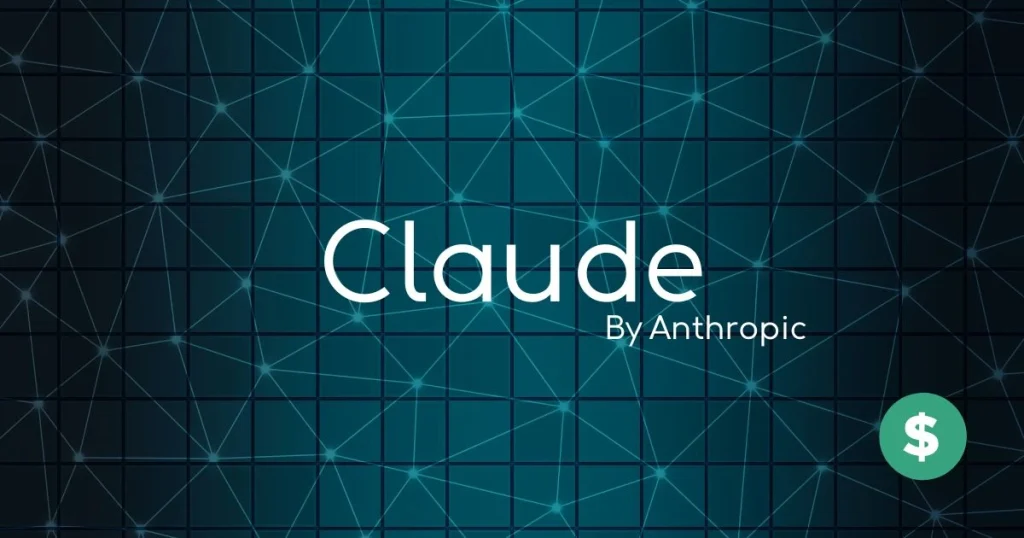In the rapidly evolving landscape of artificial intelligence (AI), a transformative concept is emerging—Agentic AI. While AI has already revolutionized industries with its capacity to process data, automate tasks, and enhance decision-making, agentic AI represents a new frontier: systems that act autonomously, make decisions, and pursue goals without direct human intervention. As businesses, governments, and individuals increasingly interact with AI, understanding agentic systems is vital for navigating the future of technology responsibly and effectively.
What Is Agentic AI?
Agentic AI refers to intelligent systems designed to operate as autonomous agents. These systems can perceive their environment, set goals, plan actions, and execute tasks—often across extended periods—without needing continuous human guidance. Unlike traditional AI, which typically performs predefined tasks, agentic AI has the capacity to initiate actions, learn from outcomes, and adjust its strategies to achieve specific objectives.
At its core, an agentic AI system exhibits the following characteristics:
- Autonomy: It acts independently to pursue goals.
- Goal-directed behavior: It can set, revise, and achieve complex goals.
- Context-awareness: It perceives and adapts to changes in its environment.
- Reasoning and planning: It makes decisions using logical frameworks and predictive models.
- Self-improvement: It learns from past actions to improve future performance.
These qualities make agentic AI particularly powerful—and potentially disruptive—across a wide array of domains.
The Evolution from Reactive AI to Agentic Intelligence
To appreciate the significance of agentic AI, it’s important to understand its evolution. Most AI systems today are either reactive or narrowly task-specific. For example, a customer service chatbot follows a decision tree to answer questions, and a recommendation engine analyzes user data to suggest products. These systems don’t “want” anything—they don’t initiate action unless prompted.
In contrast, agentic AI systems go beyond passive responses. They act like digital agents—similar to a human assistant—that proactively identify tasks, evaluate strategies, and act to meet goals. This is enabled by combining several subfields of AI, including:
- Natural language understanding
- Reinforcement learning
- Knowledge graphs
- Symbolic reasoning
- Autonomous decision-making
Recent breakthroughs in large language models (LLMs), like GPT-4 and beyond, provide the foundation for agentic behavior by enabling systems to understand complex language, reason about problems, and interface with external tools.
Key Technologies Driving Agentic AI
Several innovations are converging to make agentic AI a practical reality. Here are some key components:
1. Large Language Models (LLMs)
LLMs serve as the cognitive core of many agentic systems. By understanding and generating human-like text, they facilitate interaction, instruction-following, and knowledge synthesis.
2. AutoGPT and CrewAI
Tools like AutoGPT and CrewAI exemplify agentic AI in action. AutoGPT chains together sequences of actions toward a goal (e.g., “write a business plan”), while CrewAI enables multiple AI agents to collaborate, each with specialized roles, mimicking a project team.
3. Memory and Context Management
Effective agentic AI requires memory—both short-term and long-term. Persistent memory lets agents learn from past experiences, while contextual awareness allows them to adapt in real time.
4. Planning Algorithms
Planning enables agents to decompose goals into manageable steps and revise their approach if progress stalls. Agents often use decision trees, Monte Carlo simulations, or reinforcement learning strategies.
5. Tool Use and Integration
Modern agents can interface with external tools—APIs, databases, web browsers—allowing them to perform tasks like scheduling meetings, scraping websites, or managing files autonomously.
Use Cases and Applications
Agentic AI has the potential to transform a variety of industries by automating complex, multi-step workflows. Let’s explore some compelling use cases:
1. Business and Enterprise Automation
In enterprise environments, agentic AI can take over repetitive yet cognitively demanding tasks:
- Drafting reports based on dynamic data inputs
- Monitoring key performance indicators (KPIs) and triggering alerts
- Managing customer queries end-to-end with personalized solutions
2. Software Development
Autonomous coding agents can debug software, refactor codebases, or even create full applications. OpenAI’s Codex and tools like GitHub Copilot are early examples of this trajectory.
3. Healthcare
Agentic AI could manage patient care routines, suggest personalized treatment plans, or monitor chronic conditions. This alleviates workload pressure on healthcare providers while improving patient outcomes.
4. Finance
Autonomous agents could manage investment portfolios, detect fraud, or optimize expense management with minimal human input, reacting to market changes in real time.
5. Personal Productivity
Imagine an agent that manages your email inbox, schedules meetings, prepares documents, and reminds you of deadlines—essentially acting as an intelligent personal assistant.
Benefits of Agentic AI
The promise of agentic AI is profound. Here are some of the most significant advantages:
1. Scalability
Once trained and deployed, agents can operate continuously and handle large-scale tasks without fatigue or human error.
2. Cost Efficiency
By automating complex workflows, businesses can cut operational costs significantly while freeing up human workers for creative or strategic work.
3. Consistency
Agentic systems maintain high performance levels without the variability introduced by human moods, energy levels, or biases.
4. Accelerated Innovation
With agents handling mundane tasks, companies and individuals can focus on innovation, strategy, and long-term planning.
Challenges and Risks
Despite its potential, agentic AI also introduces serious challenges and risks:
1. Control and Alignment
How do we ensure that autonomous agents pursue goals that align with human values? Misaligned objectives could lead to unintended and harmful outcomes.
2. Security Vulnerabilities
Autonomous agents with access to APIs, data, and systems can become targets for malicious actors—or inadvertently cause harm if exploited.
3. Accountability
Who is responsible when an agentic AI makes a poor or harmful decision? Legal and ethical frameworks are still catching up.
4. Job Displacement
As agentic systems take over knowledge-based tasks, many white-collar jobs may face disruption. Reskilling and education will be vital.
5. Overreliance on AI
Excessive dependence on agentic systems could lead to reduced critical thinking and decision-making capabilities among humans.
Ethical Considerations
The rise of agentic AI also brings forth a host of ethical questions:
- Autonomy vs. Control: Should AI agents be limited in their autonomy? If so, how?
- Transparency: Agentic systems must be explainable so that humans can understand and trust their decisions.
- Bias and Fairness: AI agents trained on biased data may perpetuate or even amplify existing inequalities.
- Surveillance: Autonomous agents could be misused for intrusive monitoring or control, especially by authoritarian regimes or unscrupulous corporations.
Ethical frameworks must be developed in parallel with technological advancement to ensure AI is used responsibly.
The Road Ahead
Agentic AI is still in its early stages, but the pace of progress is accelerating. Gartner predicts that by 2028, one-third of enterprise applications will include agentic capabilities—up from less than 1% in 2024. The increasing integration of AI into everyday tools—email clients, productivity suites, and customer platforms—suggests that agentic behavior will soon become mainstream.
Major players like OpenAI, Google DeepMind, Microsoft, and Nvidia are investing heavily in agentic systems. Open-source projects such as LangChain and LlamaIndex are democratizing access to agentic capabilities, allowing developers and startups to build their own autonomous agents.
Ultimately, the success of agentic AI will depend on collaboration—between technologists, policymakers, ethicists, and the public. We must ensure these systems are not just powerful, but also safe, inclusive, and beneficial for all.
Conclusion
Agentic AI represents a monumental leap in artificial intelligence, shifting from passive tools to proactive partners. These intelligent systems promise to transform how we work, learn, and live—handling tasks from managing projects to making financial decisions. But with this power comes responsibility.
As agentic AI evolves, the challenge lies not only in building smarter systems, but in ensuring they act in ways that reflect human values, uphold fairness, and respect autonomy. By balancing innovation with governance, we can unlock the transformative potential of agentic AI while safeguarding society from its risks.
The age of autonomous intelligence has begun. How we shape it will define the future of technology—and the future of humanity.











